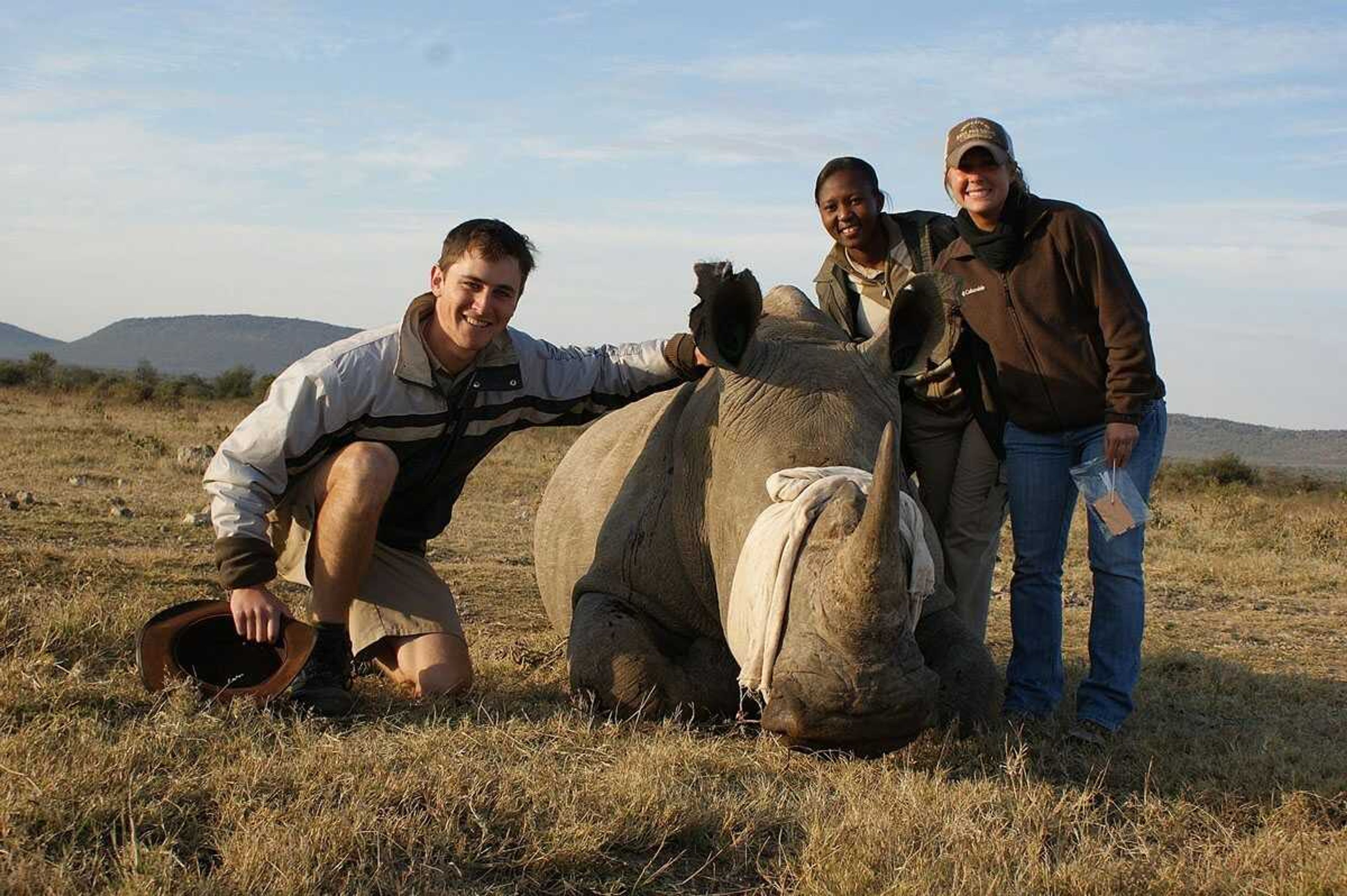Safari internship takes SEMO students to South Africa for three months
It was late at night, and Hollie Lybarger was sleeping in the truck. A voice from the vehicle's radio jolted her awake, squawking a warning that she was in elephant alley. With the sound of elephants shuffling closer and only one way in or out by car, she heeded the warning from the radio and slowly moved her vehicle away. After several months in the bush, she was prepared for dealing with dangerous and temperamental animals...
It was late at night, and Hollie Lybarger was sleeping in the truck. A voice from the vehicle's radio jolted her awake, squawking a warning that she was in elephant alley. With the sound of elephants shuffling closer and only one way in or out by car, she heeded the warning from the radio and slowly moved her vehicle away. After several months in the bush, she was prepared for dealing with dangerous and temperamental animals.
Lybarger, a senior at Southeast Missouri State University, interned for three months on the Madikwe Game Reserve in South Africa. Madikwe is about 185,328 acres. The game reserve plays host to many forms of life, but featured most prominently are the big five.
"The big five is a term coined by white hunters," said Lybarger, a wildlife and conservation major. "It includes the elephant, lion, leopard, rhino and buffalo. They are the most dangerous animals in the world to hunt on land."
Hyenas, snakes and more than 360 species of birds also live on the reserve.
"Snakes are huge there," Lybarger said. "I saw a black mamba sunbathing on the road. They've been known to chase people, but he was quite timid."
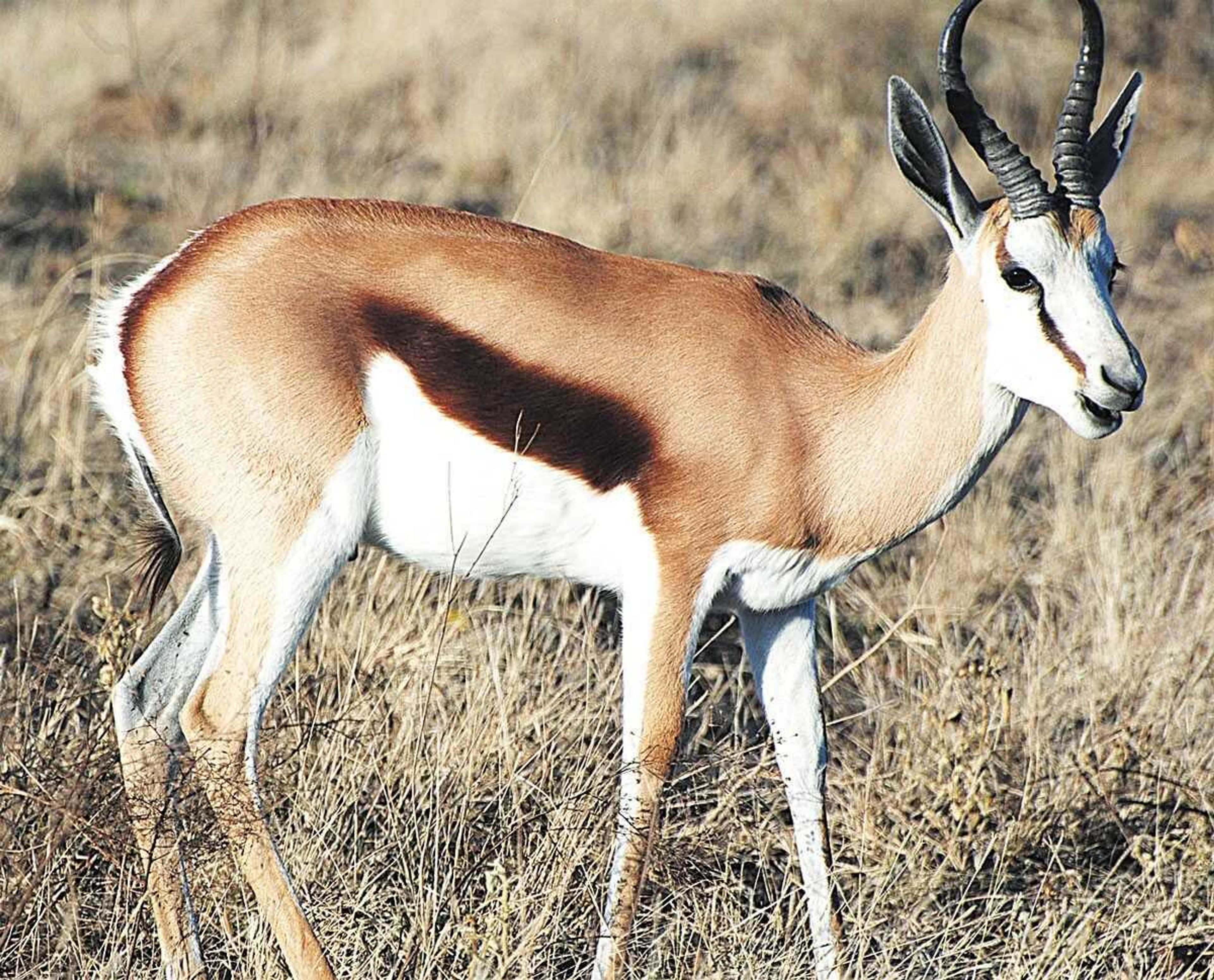
One of Lybarger's jobs on the reserve was working in hospitality at one of the many lodges. People from across the globe would come to stay at the expensive resort, taking tours and sightseeing across the reserve's vast terrain. Lybarger took groups of tourists out on such safaris as part of her internship.
"It came to the point toward the end of my trip where people would ask me questions about the wildlife, and I was able to answer them," Lybarger said. "I was pretty impressed with myself."
While she did enjoy working inside the lodge, Lybarger said that her best experiences happened outside the walls of the resort. She learned how to tag and track animals, how and when to use a controlled burn on troublesome plants like sickle bush and what to do when faced with an angry, charging elephant.
"I'm more scared of an elephant than I am of a lion," Lybarger said. "Those things are bullies."
One of the highlights of her trip was tagging rhinoceroses. The tagging process involves using a helicopter to chase the rhino into a clearing. Once exposed, the helicopter flies close enough for one of the crew to use a tranquilizer gun to sedate the animal.
The research team then moves in, and blood and tissue samples are taken from the body. A GPS device is drilled into the horn, and the ears are notched in a distinctive way.
"Then, if it was poached, we would be able to track the horn," Lybarger said. "It's crazy because you have this giant animal, and it's surrounded by people. It's a huge team working on this one animal so we can get in there and get out and have it on its way."
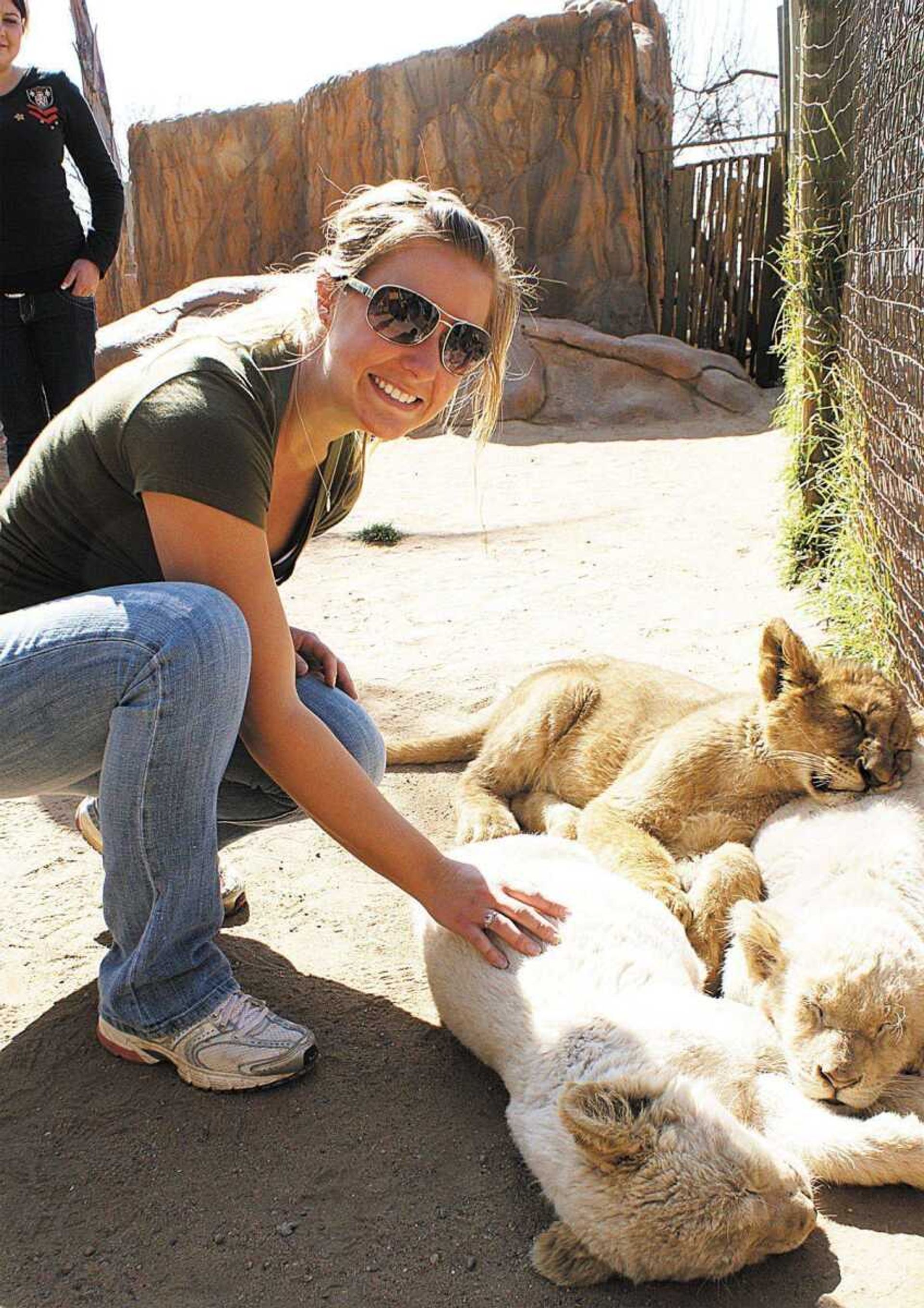
Lybarger said another high point of her internship involved helping filmmaker Rob Harrison-White with his research on the jackal, a medium-sized, coyotelike scavenger. The jackal, much like the coyote in the United States, is shot on sight by farmers to prevent them from attacking cattle. Harrison-White, who has been researching the jackal for over 10 years, says that killing them only makes them reproduce more and increases the number of pups in the female's litter.
"It was hard work," Lybarger said. "You work from sundown to sunup."
Harrison-White's research involves collaring jackals, which allows him to monitor their behavior and territorial patterns.
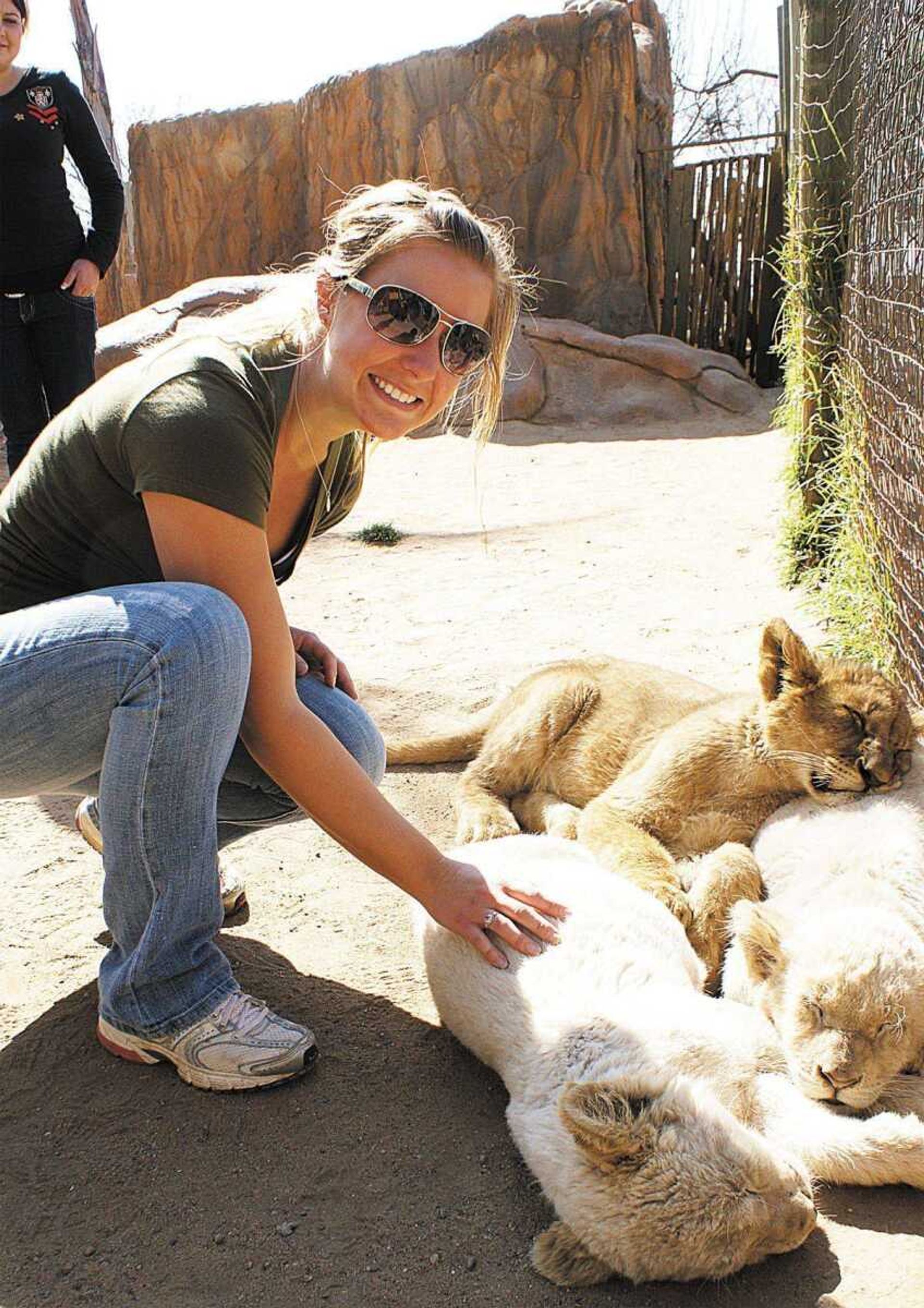
Using tracking equipment mounted on a truck, Lybarger learned how to use the GPS system, which makes a digital record of the animal's movements.
One night while following a certain jackal around as it foraged for food, Lybarger said lions began roaring from within a few yards.
"It was rattling the window of the truck," she said. "We had to write that down because that's an interaction that's going to affect the jackals."
It wasn't just predators prowling at night that they had to record. Everything, from the carcasses of animals to the movements of herds had to be written down to give the research a complete look at the jackal's behavior.
Animal management is only a small portion of running a reserve, and Lybarger said she and other workers were sent out with machetes to clear invasive plant species from the land more than a few times. One such species was the sickle bush, a type of legume covered in thorns several inches long.
"It sucks to get pricked by those," Lybarger said. "I stepped on it a couple times. It went right through my shoe."
Lybarger said she wouldn't turn down an opportunity to return to South Africa, but there are other places she'd like to visit. Australia, Costa Rica and Alaska all interest Lybarger, and all have their own attraction for her.
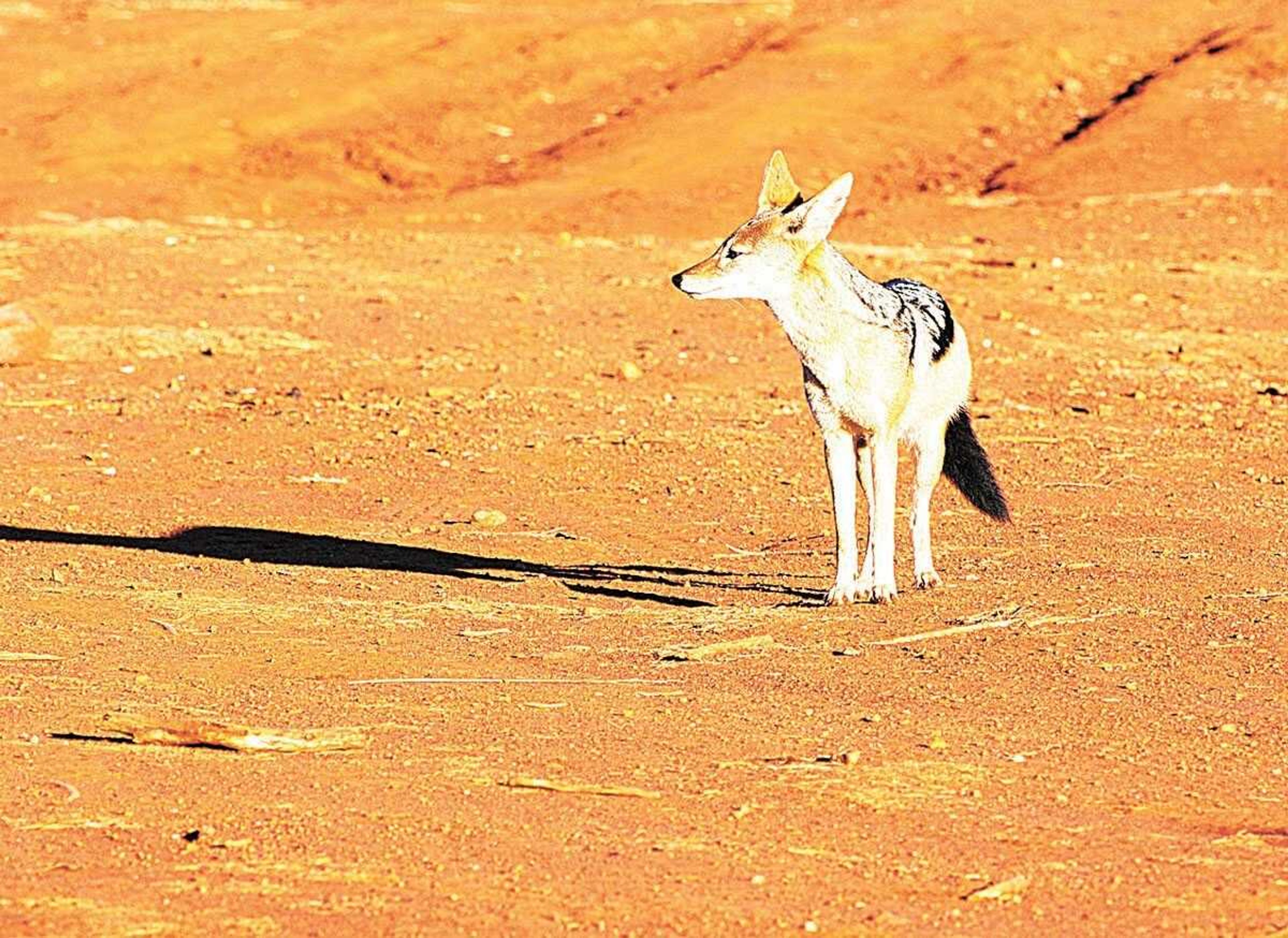
"That's one thing I love about my field, but it's also to my demise," Lybarger said. "It's so broad. ... This world is so big. It's a beautiful place."
Connect with the Southeast Missourian Newsroom:
For corrections to this story or other insights for the editor, click here. To submit a letter to the editor, click here. To learn about the Southeast Missourian’s AI Policy, click here.
